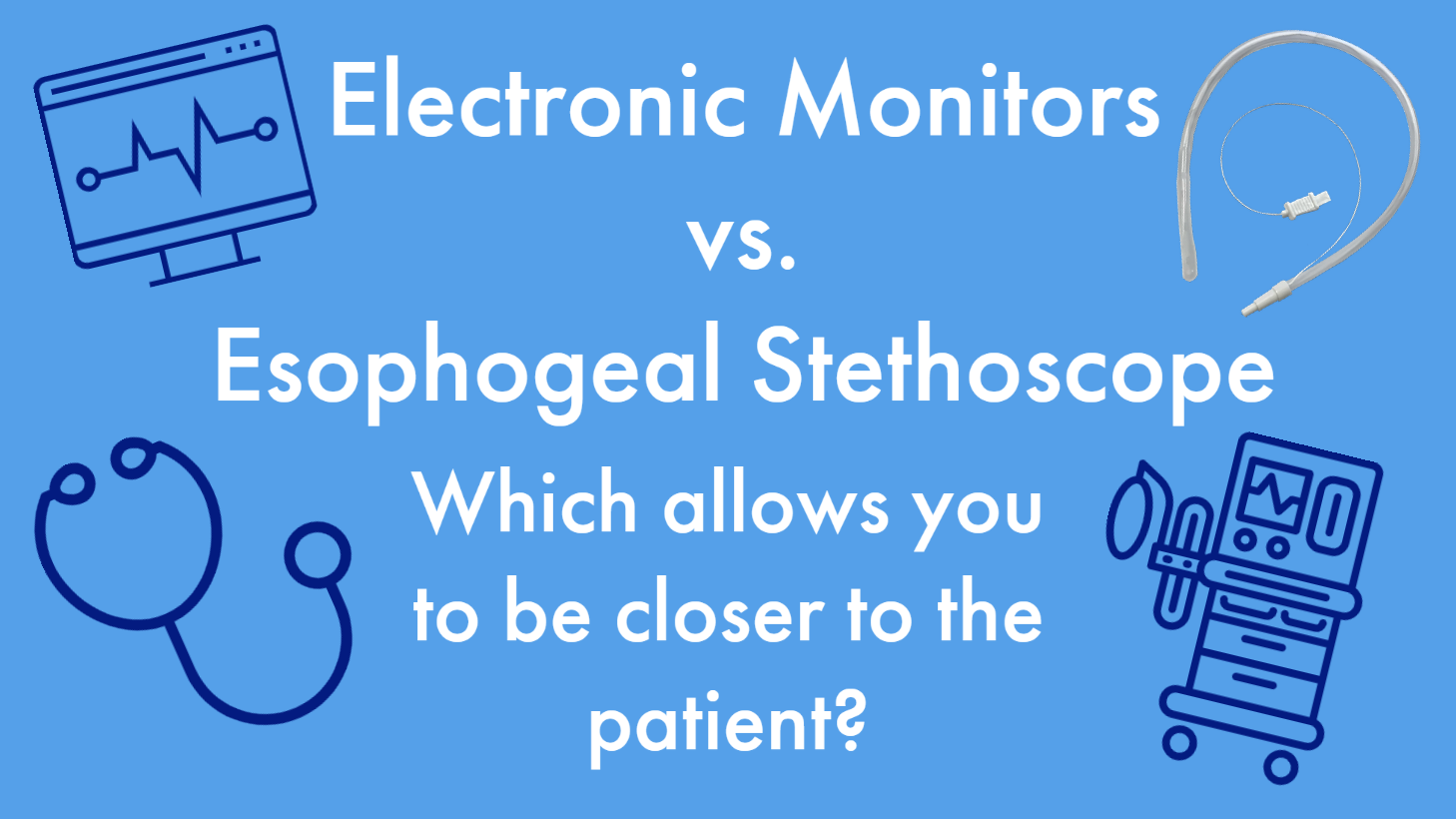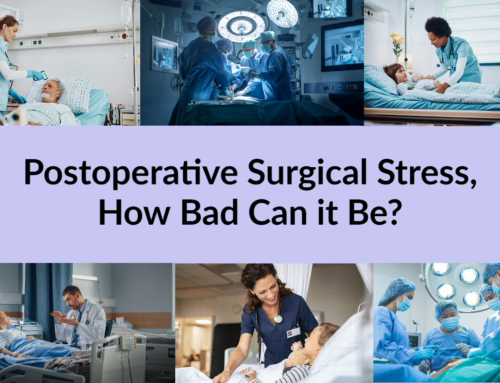Technology in medical devices has come a long way in assisting physicians in monitoring patients during procedures. These devices have allowed physicians to step back and pay more focus on other factors in the procedures. It’s a good thing to have technology that frees up time to focus on other patient issues but, what happens when a physician relies too heavily on electronic forms of monitoring devices?
While a patient is under anaesthesia, listening to their heart and lung patterns is vital. There are many devices on the market that assist physicians in doing so, however, some of the best monitors are anaesthetists themselves. When an anaesthetist is directly listening to the lung and heart patterns, they become closer to the patients, allowing them to notice irregularities immediately.
In a survey, A.Watson and A. Visram found that 35.2% of anaesthesiologists do not use an esophageal or precordial stethoscope, while the remaining survey takers stated they used it in one third of their practice.1 All of the anaesthesiologists surveyed were relying mainly on electronic devices to monitor their patients.
Anthony V. Beran brings up how listening to abnormal heart or airway sounds allow anaesthetists to detect critical incidents quicker than electronic monitors.2 When a patient is under anaesthesia, it is essential to detect certain conditions as soon as possible. A third of anaesthesiologists reported critical incidents in patients where an esophageal or precordial stethoscope recorded it early on.1
Even though these electronic patient monitoring devices are helpful, anaesthetists who listen in addition to standard monitoring get to HEAR how it’s really going. H. Parsaei, A. Vakily, A.M. Shafiei explains how having an anaesthesiologist sit beside a patient affects the accuracy of the patient’s procedure.3 Meaning that an anaesthesiologist is very beneficial to the patients safety when they are sitting beside them, and doing all they can to keep the patient safe while monitoring critical patient parameters.
It is crucial for an anaesthetist to be able to pick up on inaccuracies in electronic devices and abnormalities in the patient’s respiratory system. It is also important for them to use a device with the best sound quality.
In a test with ten samples of each manufacturer’s esophageal stethoscope, the Starboard Medical Esophageal Stethoscope was proven to provide the best sound transmission at all frequencies.2
Our Esophageal Stethoscope allows anaesthetists to listen to heart and lung sounds while also monitoring a patient’s core body temperature. We crafted this device to produce the most accurate results for anaesthetists. By using this, anaesthetists can be closer to their patient and more in tune with the patient’s response to anaesthesia.
- https://pubmed.ncbi.nlm.nih.gov/11442861/
- http://summitmedtech.com/wp-content/uploads/Starboard-Medical-White-Paper-The-Importance-of-Sound-Transmission.pdf
- https://www.ncbi.nlm.nih.gov/pmc/articles/PMC5401135/






